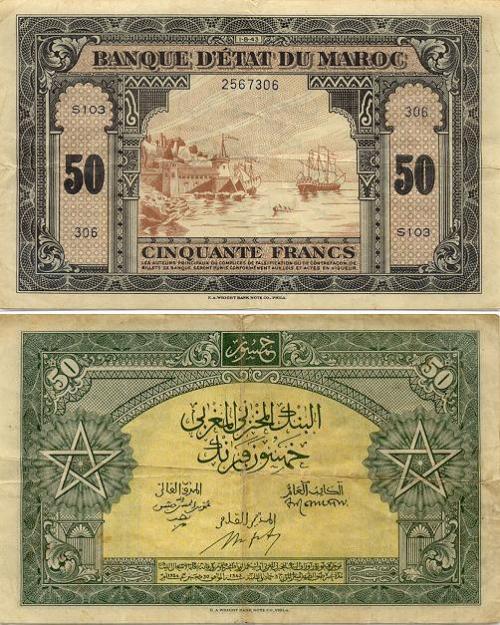
Morocco currency
Why invest in Morocco
Morocco currencyThe Moroccan Dirham is the currency used in Morocco. 1 British Pound = 16.96005 Moroccan Dirham 
GENERAL INFORMATION: Bargaining in Morocco is as normal as saying hello, and is expected wherever you shop. There are no real rules about how much of the initial price you should pay as some vendors start with ridiculous mark-ups, while others stay close to their final price. It's often a good idea to check out prices before you start buying. The main rule is to take your time and not be intimidated: it can be a fun game! But never mention a price you are not prepared to pay. If you go shopping with a guide he will take you to shops where he will earn a percentage of your purchases, which will be added to your bill. 10 Best buy from Morocco. Spices - slippers - Moroccan teapots and tea glasses - Shopping baskets with leather handles - Thick felt wool handbags, dyed with saffron - Fabric man with fez to handle a hot teapot - Nike trainers half the European price - Love potion - Moroccan music cassettes - Mejdou dates from the oases. When most of the Jewish population left the country, they took a lot of authentic Moroccan silver jewellery with them. As a result, the majority of the jewellery found on sale in Morocco today comes form India, Indonesia and Niger. The best jewellery souks are in Essaouira, Tiznit and Marrakech. Silver jewellery is sold by weight, except for very rare old pieces. Many craftsmen reproduce some antique designs beautifullly, particularly in the Tiznit region, but do not be tempted to pay antique-level prices or them. Most genuine Berber jewellery is very heavy and chunky. Minerals and Fossils Everywhere in the Atlas you will come across vendors selling minerals and fossils at very tempting prices; but beware of fakes, particularly the brightly coloured ones. Often these fossils are just found in the desert, riverbeds or mountains, and so their trade is not harmful to the environment. Morocco currency Spices and Toiletries Spices and natural toiletries are plentiful and make good, inexpensive presents or souvenirs. The most common spices are cinnamon sticks or powder, nutmeg, powdered ginger, paprika, curcuma, cumin and saffron. The best and most genuine strands of saffron come from Taliouine, often the powder is fake. Toiletries sold in the spice market include kohl (black eye make-up also used to protect the eyes) ghassoul (clay to wash the hair or skin), henna (to dy hair), small clay pots imbued with poppies (lipstick), amber, musk (perfume), and almond or olive oil soap.Morocco currency Crafts Craft traditions are still going strong in Morocco, and even a lot of tourist tat is still pretty tasteful and well made. Moroccans excel at woodwork, especially in Essaouira, where beautiful thuya or cedar inlay work is produced. Fes is famous for its blue-and-white designs of pottery, while Safi, Morocco's major ceramic centre, produces colourful pottery houseware, as does Salé. Morocco currency Carpets tend to be expensive in Morocco, but good-quality rugs and delims (flat-woven carpets and rugs) are more reasonable. The best kelims are made by the Berbers of the Middle and High Atlas, and are available in village souks (markets) such as Midelt, Azrou or Asni near Marrakech. Berbers (particularly in the Rif mountains) also weave beautiful fouta, woollen blankets in natural or bright colours. Return from Morocco currency to Morocco background information |